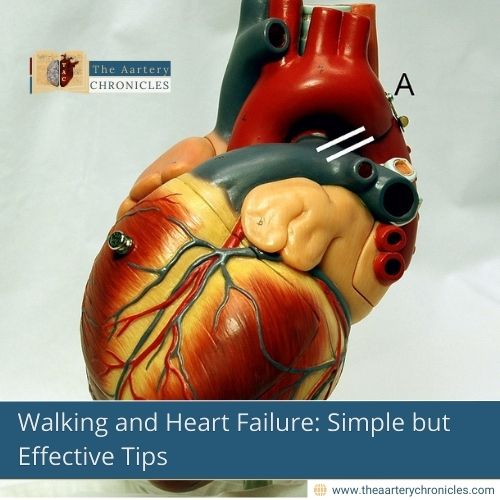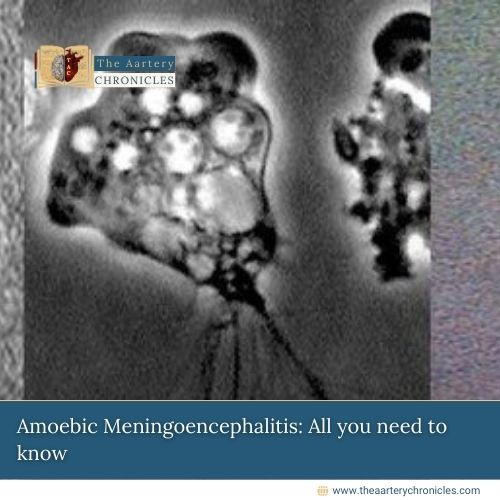

Walking and Heart Failure: Simple but Effective Tips
Introduction
Heart failure is a chronic condition in which the heart is unable to pump blood effectively to meet the body’s needs. Symptoms include fatigue, shortness of breath, and swelling, especially in the legs. Although it may seem counterintuitive, regular, moderate physical activity such as walking can provide significant benefits for patients with this condition. In this article, we explore the role of walking in the management of heart failure.
Benefits Of Walking In Heart Failure
- Improves Heart Function: Regular walking stimulates the heart, strengthening the heart muscle and improving its ability to pump blood.
- Reduces Symptoms: A moderate daily walk can reduce typical symptoms such as shortness of breath and tiredness, making it easier to cope with daily activities.
- Promotes Circulation: Walking stimulates blood circulation, reducing the risk of edema (swelling) in the lower extremities, typical in patients with heart failure.
- Improves Mood And Quality of Life: Light physical activity releases endorphins, which help combat the depression and anxiety often associated with chronic illness.
- Helps Control Weight And Blood Pressure: Walking supports the control of body weight and blood pressure, two crucial factors in the management of heart failure.
How To Start Walking Safely
Guidelines For Patients With Heart Failure
- Consult your doctor always before starting any exercise program.
- Ensure to start with short sessions, such as 10-15 minutes, and gradually increase the duration.
- Prefer flat terrain and stable surfaces to avoid falls.
- Walk at a moderate pace: you should be able to talk while walking without panting.
- Stop the activity if you experience symptoms such as chest pain, dizziness, or severe shortness of breath.
- Put on comfortable, cushioned shoes, and always carry a bottle of water with you.
Recommended Frequency And Duration
- At least 3-5 times a week
- Ideal duration: 20-30 minutes per session, divisible into 10-minute intervals.
Important Precautions
- Avoid walking during the hottest or coldest hours of the day.
- Do not walk if the symptoms of heart failure are acute (marked swelling, shortness of breath at rest, fever).
- Be sure to monitor your heart rate and blood pressure if directed by your doctor.
Conclusion
Walking is a safe and effective form of exercise for many patients with heart failure. In addition to improving heart function, it helps manage symptoms, promotes mental and physical well-being, and promotes greater independence in daily life. Always under medical supervision, walking can really make a difference in managing this chronic condition.
With small steps, you can achieve great benefits. Walking, if adapted to your conditions, is a powerful ally in the fight against heart failure.
Sources:
- American Heart Association: https://www.heart.org
- Mayo Clinic: https://www.mayoclinic.org
- European Society of Cardiology: https://www.escardio.org









